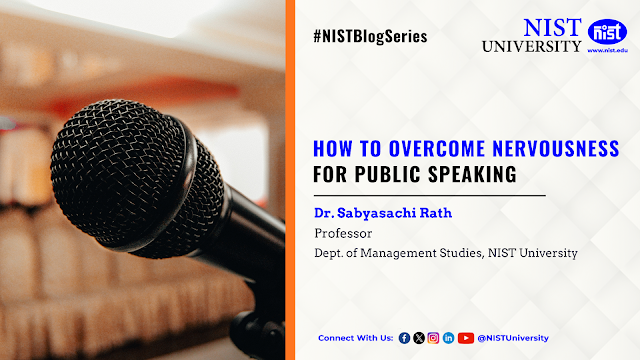HOW SHOULD YOU DO A PRODUCT /SERVICE REVIEW! 07 EASY STEPS TO BEGIN WITH
Literally, a product review is a report in a newspaper, magazine, or program in which an expert expresses an opinion about a product or compares several similar products. In the ever-changing landscape of e-commerce and digital marketing, product reviews have become an essential component of customer decision-making. Understanding the meaning of a product review is essential for both consumers and marketers.
Today, most of these reviews are available online, but they may also appear in print media. Consumers use product reviews to help them make key purchasing decisions.
There are several types of product reviews, including:
Industry professional reviews: This category includes feedback from significant figures in an industry, such as experts or experienced purchasers.
Marketing team and internal writer reviews: This category covers evaluations from a brand's marketing teams and internal writers, who frequently seek to improve positive opinion of a product or service.
Customer feedback: These reviews come from actual consumers who want to share their experiences with other potential shoppers. Blog and social media reviews: This category covers reviews from bloggers and social media influencers who may collaborate with a brand to test a product or service and share their findings with their online audience.
Affiliate reviews are written by a brand's affiliates and frequently include good feedback in exchange for the terms of a commercial arrangement or partnership.
Steps to write & evaluate reviews:
Writing product reviews for goods you haven't seen or used might be difficult, but you can generate informed and helpful evaluations by following these steps.
1. Research the product:
- Manufacturer's Information: Start by looking at the manufacturer's website for specifications and features.
- Look for online reviews on retail and specialty sites (e.g., Amazon, Best Buy, CNET, TechRadar).
- Social media and forums: Check venues such as Reddit or Facebook groups for user feedback and experiences.
2. Analyze features and specifications.
- Discuss the product's main features, materials, and specifications. Compare them to similar products on the market.
3. Identify the target audience:
- Consider who the product is intended for and how effectively it fits their needs. This can help to structure your review.
4. Look for common themes:
- Identify common themes in user reviews, such as durability, performance, usability, and customer service experiences.
5. Use a structured format.
- Introduction: Briefly explain the product's objective.
6. Highlight crucial features and specs.
- Create a list of pros and cons from your research.
- Conclusion: Summarize your opinions and recommend who could benefit from the product.
7. Be transparent:
- Clearly clarify that your review is based on research rather than personal experience. This honesty fosters trust among your readers.
Dos & Don’ts while reviewing a product or service:
- Avoid using profane or insulting language in public forums while posting comments.
- Before rating or giving a star mark, make sure you understand all categories.
- Avoid exaggerations and incorrect information.
- Avoid comparing things that were not purchased from other sources.
- Feedback that is genuine, thorough, and fair.
- Evaluate whether the product met your expectations.
Final Takeaway:
While writing a product review, the ultimate goal as a product review blogger should be this: help people make the RIGHT purchasing decisions. Here’s where picking the RIGHT niche, understanding your target audience’s needs, and choosing the right products helps A LOT. As a product review site owner, you should provide an unbiased look at different products, letting your audience know what works and what doesn’t.




Comments
Post a Comment